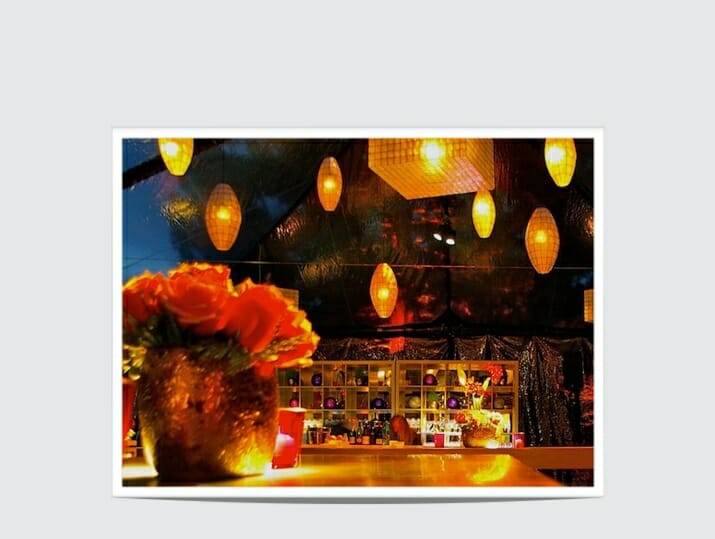Dec 11, 2012 Corporate Event Marketing and Social Media: Who Are Your Influencers?
Today, just about any corporate event marketing plan includes a social media component. But in 1999, when we were planning the Merrill  Lynch launch event at the National Museum in Jakarta, Indonesia, social media wasn’t even a glint in the Internet’s eye. Little did we know how the power of social – and of influencers – was going to affect this very special event.
Lynch launch event at the National Museum in Jakarta, Indonesia, social media wasn’t even a glint in the Internet’s eye. Little did we know how the power of social – and of influencers – was going to affect this very special event.
During the course of event planning, I learned that we were expecting 1,000 people to arrive in around 500 chauffeured cars. But the museum didn’t have large enough parking facilities for that sort of guest list and valet parking services were non-existent. And cell phones were rare at the time, so it was unclear how the drivers would know when to pick up their clients.
To me, it looked like a recipe for disaster. The local staff, however, seemed unconcerned – Jakarta traffic was always problematic and drivers knew how to find their clients. Still uneasy, I suggested we set up a spot for the drivers to wait and have dinner.
The idea of feeding the drivers at a C-level corporate event like this was unheard of in Indonesia. But the Merrill Lynch team was open to the idea. Their company values focused on community, and making life easier for the drivers seemed like the right thing to do.
We used a parking lot adjacent to the bank building, raised a tent, and set up a radio communication system for the drivers. And while they waited, we fed them a great dinner catered by the same firm that managed the museum affair.
At Wilsonwest, we simply thought this arrangement made good sense. And it did make sense. What we didn’t appreciate, however, was how important the drivers were as community influencers.
For months after the event, the drivers of high profile people raved to their clients about the fantastic meal Merrill Lynch had given them. We had inadvertently plugged into a social network that had one-to-one connections with high-level ministers and CEOs – Merrill’s target clients. The story of the Merrill Lynch drivers’ dinner buzzed through the city.
Weeks later, barely able to believe the feedback they were getting, the CEO and head of Merrill’s office in Jakarta let us know what was going on. It was true viral marketing, with the story of the event – and more importantly, the Merrill Lynch community story – spreading like wildfire.
Social media is tribal-based, and the more influential the tribe, the more effectively the message is spread. We didn’t know at the time how powerful the tribe of drivers was in Jakarta, but we recognized them as stakeholders in the event, and wanted to ensure they had a positive experience.
Who are your event stakeholders? How can you unleash the power of those tribes?
Next up: what an Indonesia rain pusher can teach us about branding.

Sorry, the comment form is closed at this time.